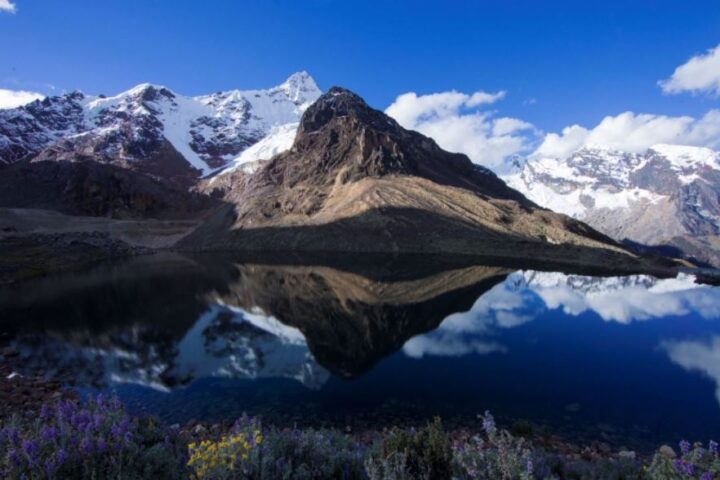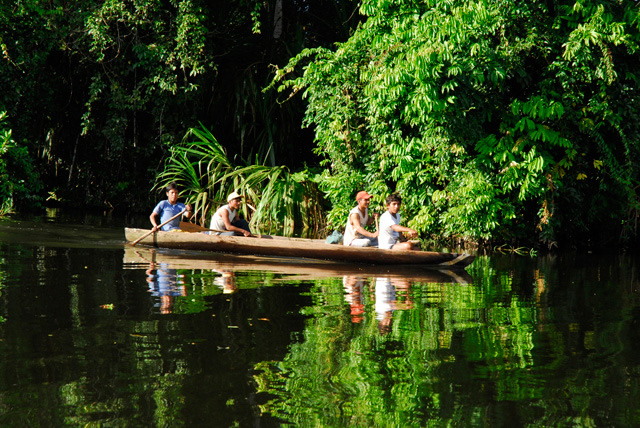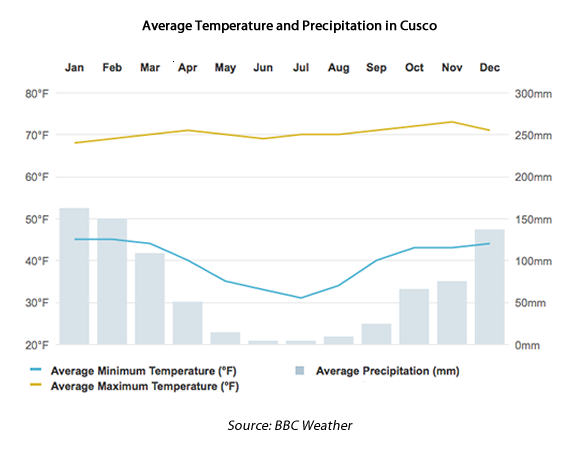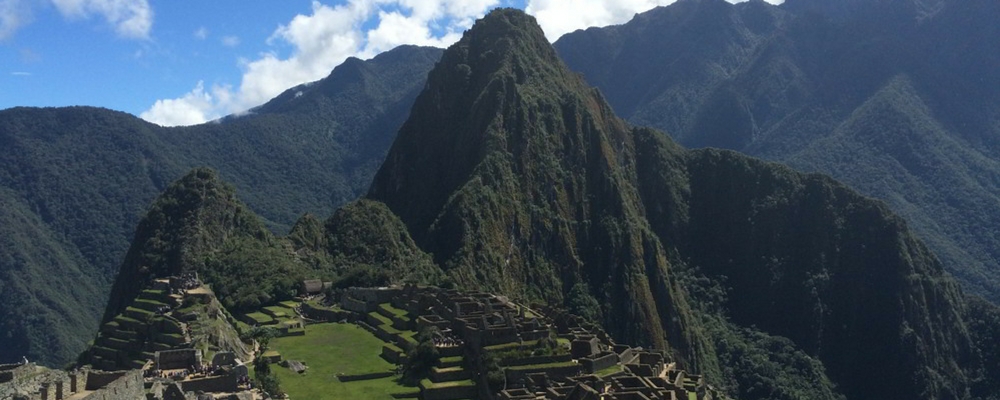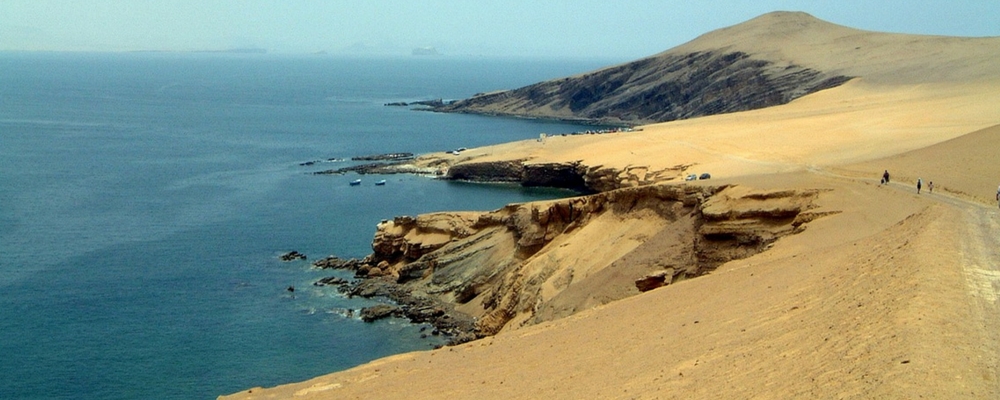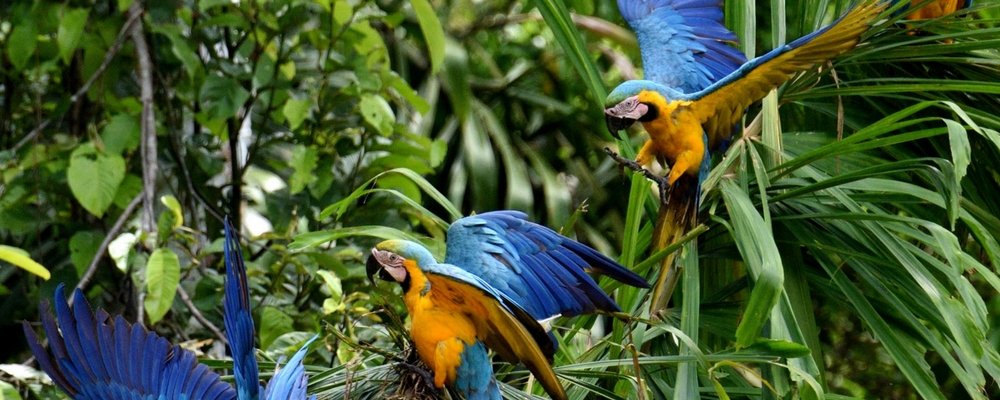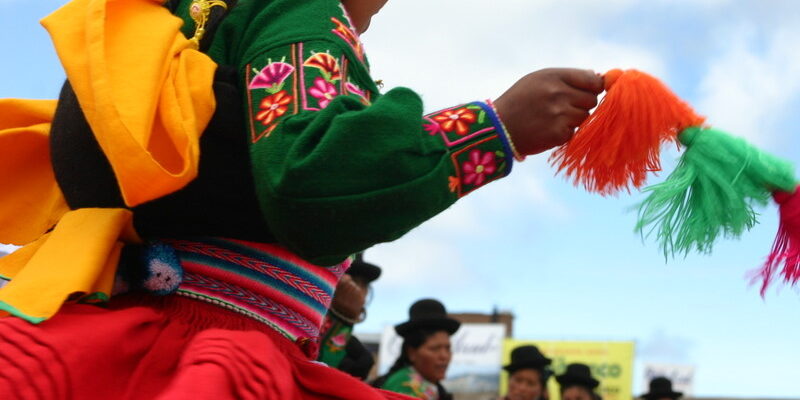Here we share information on when the best Peru festivals take place and travel advice on visiting them as part of any private, tailormade trip to Peru.
Important and visually impressive festivals take place throughout the year in Peru. In particular, there are many local Peru festivals held in villages and towns across the country from March to September, marking the end of the rainy season whereby communities give offerings and say prayers for a good agricultural season ahead. Irrigation channels are cleaned and thanks are given to Patron Saints, to Jesus and the Madonna, or Pachamama (Mother Earth). Visiting during these months will most likely coincide with some sort of celebration – our expert travel planners will advise you when designing your private, bespoke trip to Peru.
KEY FESTIVALS IN PERU
- Candelaria is a colorful festival celebrating the Virgin of Candelaria, taking place on the shores of Lake Titicaca in February
- Easter Week (Semana Santa) is one of Peru’s most important religious celebrations, with a week of reverent processions leading up to Easter Sunday.
- Señor de los Temblores is a major festival in Cusco, when the most venerated image of Christ is taken out in procession and the entire city participates during Easter.
- Corpus Christi is Cusco’s most important religious festivity with colorful procession in May or June
- Señor de los Milagros is a religious procession through the streets of Lima in October
PERU FESTIVAL CALENDAR
When you plan your trip with Aracari, we will work with you to weave in one of Peru’s festivals in your itinerary. We will share our Peru Festival Calendar and help you understand when and how to include them in your itinerary. Some of the religious dates may be celebrated with less colorful spectacle, but to see and understand the devotion with which they are celebrated is nonetheless a fascinating cultural experience.
FESTIVAL CULTURE IN PERU
For centuries, dating as far back as 2000 B.C., Peru has been settled by developed societies with their own unique complex religions and administrations. Diverse ethnic groups lived scattered throughout the Andes, the jungles and the coast, organised in city-states, regional centres and even empires. The mixture with the Spanish and subsequent immigration from Africa, the Far East as well as Europe, has created a society that is immensely rich in culture, folklore and Peru festivals.
Visiting Peru today, you can see how people celebrate the religious and natural cycles of their age-old calendars with striking fervour. Most religious celebrations and peru festivals have a pagan undertone: the shrines to the Virgin are often the same as those to the Mother Earth and those to Christ are often related to mountain worship, or Apus, as they are called. Furthermore, Peru boasts deep traditions of folk music and dance. There is Creole music on the coast, based on guitars. Andean music and dance is found in the mountains, with the world famous panpipes. There is also Afro-Peruvian music, which is a mixture of Latin American and African beats and instruments.
Similarly, Bolivia festivals have a rich history dating back to before Christ. The neighboring country offers an additional selection of celebrations throughout the year that you can attend if you’re interested in seeing and participating in more of the region’s most significant festivals.


